Anything can pass before the eyes of a person
Gene Beery, Paul Gardère, Xylor Jane, Olivia van Kuiken, Dana Lok, Liz Magor, Alexandra Noel, Winona Sloane Odette, Toru Otani, Em Rooney, Rafael Sánchez, John Sandroni, Clémence de la Tour du Pin, Ang Ziqi Zhang
Through August 11, 2023
Derosia is pleased to present the group exhibition Anything can pass before the eyes of a person. Named for a line from a poem by Ariana Reines, the works on view reflect a duality the title implies: the passive act of overlooking, and the transformations that may originate in the act of noticing.
Clémence de la Tour du Pin creates sculpture from found umbrellas, objects at once structurally specific and narratively wayward. Embedding these items in a mixture resembling concrete, de la Tour du Pin rescues the original formal unity of the objects while reiterating their provenance—items plucked from Parisian streets, abandoned and deformed, following a downpour. Rafael Sánchez’s practice gleans its material and conceptual content from the streets of New York. On view is a found painting, the artist’s interventions in which are minimal and efficient: the originating image of a deep violet painting has been obscured save a set of eyes, disembodied in a deep, inky field. Star (1997–1998) integrates the city in the form of nightlife: a curtain opens to reveal signifiers of sky and sea alongside elements of the artist’s performance persona, Dolores. A star emerges from a tear in the picture plane, just as the stage allows fantasy to briefly puncture reality.
Toru Otani’s drawings adopt reclaimed materials as their surface—vintage maps, cigarette packages, the backside of sandpaper—which the artist then selectively obscures with colored pencil, transforming branded imagery into enigmatic, spatially complex fields of pattern. The atmospheric paintings of John Sandroni achieve moments of definition alongside irresolute passages of haze. The resulting images are descriptive of the act of painting itself, in which observed matter is transferred to defined representation. Alexandra Noel conjures vast spaces in her small format paintings. Each quadrant in All in One (2023) represents a layer of the earth, its atmosphere, and the built environment; while in A Painting as Big as a Calendar II (Stablemates O.M), the penumbras emanating from contradictory, contained fields of texture confound spatial logic.
Gene Beery’s The Blind Man and Physics of Dark formally mimics a state of obstructed vision and undifferentiated matter. An internalized frame contains a field of disorienting spots; smears of color disappearing into neutral gradients; and a set of the artist's trademark neologisms and koans, uniquely directed to a beholder whose senses do not include that of sight (How do you wash out a soapy smelling juice bottle? Is everything art? To radar with all my love). Dana Lok’s paintings likewise focus on perception, deconstructing the visual experience while also examining how other sensual modalities operate in our primary impressions of our surroundings. Typist (2023) deconstructs the interdependence of touch and language within the act of typing, its composition formally opening the gulf between these sensory registers while elucidating their collaboration.
Xylor Jane’s paintings locate the baroque in the mathematic, amplifying the assumed sobriety of numbers by emphasizing their multitude. Reconciling rigor with excess, Dancing Dogs (2022) underscores the infinite potential of mathematic extrapolation. Olivia van Kuiken’s paintings are an exercise in the paradoxical illegibility engendered by close study. Taking observational drawing as a point of departure, van Kuiken reiterates representative lines until they occlude their original subject. In Ang Ziqi Zhang’s paintings, networked, diagrammatic modalities are partly obfuscated by hazy skeins. Zhang’s works reflect our current lived experience as at once prescriptive and bewildering, a tangle of systems that fail to align with human complexity.
Liz Magor’s sculpture submits the peripheral to painstaking recreation, dedicating detailed attention to the overlooked and the everyday. In Closet (fur) (2018), the artist’s facsimiles of fur coats and stuffed animals are isolated in forms recalling retail display, alienated from their tactile associations of warmth and comfort. Winona Sloane Odette combines disparate use values and textures in her assemblage sculptures—studs and buckles, a section of a clarinet, rubber nipples for fostering puppies. Specifically integrating items with potent sensory associations, her sculptural objects are ambiguous in purpose and synesthetic in reception.
Late Haitian artist Paul Gardère employs broad formal strategies to examine the wide implications of colonialism and diaspora—in the works on view at Derosia, Gardère underscores imperialism as a subjugation of nature as well as humanity. The lower half of his large-scale, untitled painting appropriates an image by Giovanni Battista Piranesi (1720–1778): a print illustrating the construction of the Tomb of Caecilia Metella. Meant to illustrate the engineering prowess of Ancient Rome, the image here, alongside the artist’s reliefs of overbuilt Haiti, reflects the unrelenting drive toward dominion in imperial culture. Em Rooney’s sculptures, consistently anchored by steel spines that run the length of gallery walls, traverse the decorative alongside the anthropomorphic. Influenced by costume design, particularly that of Italian auterist film, Rooney’s structural embellishment of standard forms reflects the dichotomy of public presentation and private interiority that is uniquely experienced by women and reinforced by their material conditions.
#thederosiagallery#fineartmagazine#fineartfun
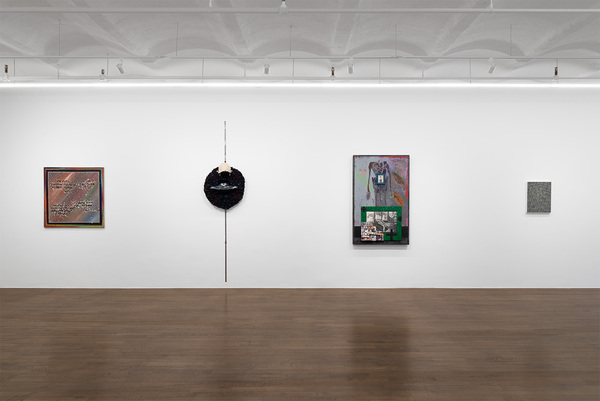
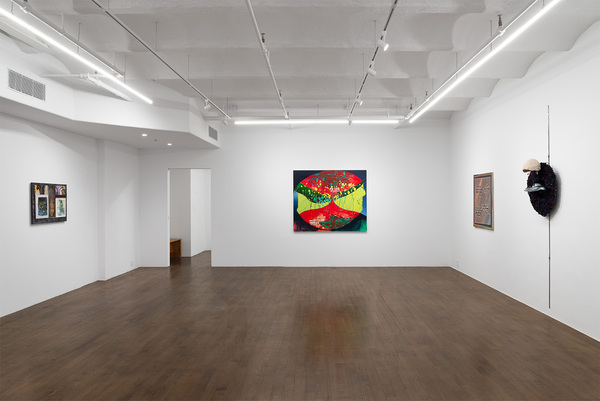
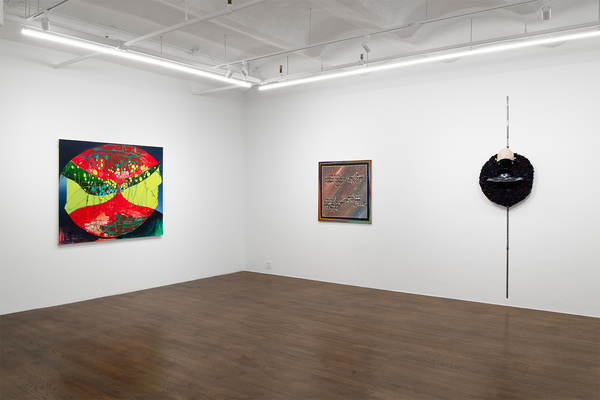
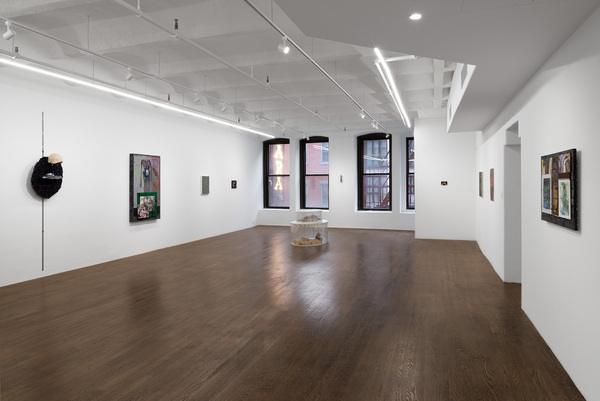
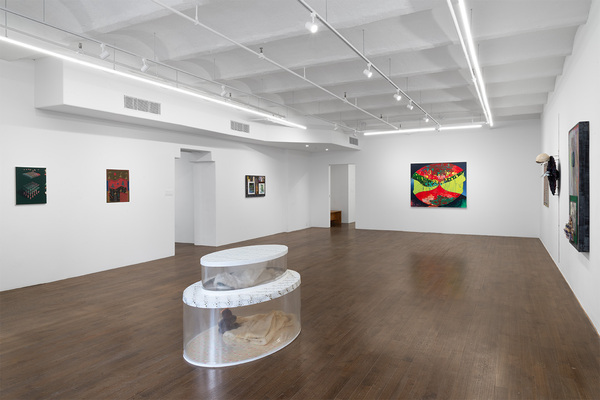
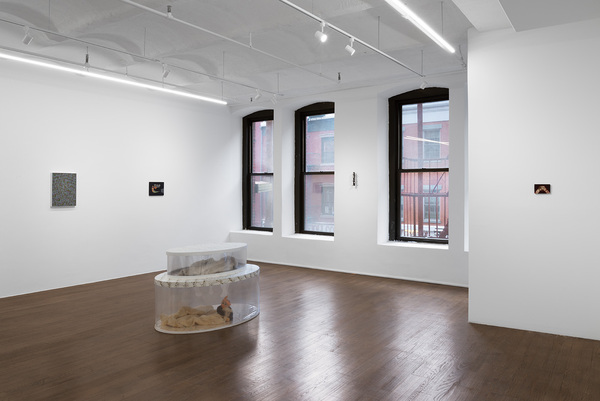
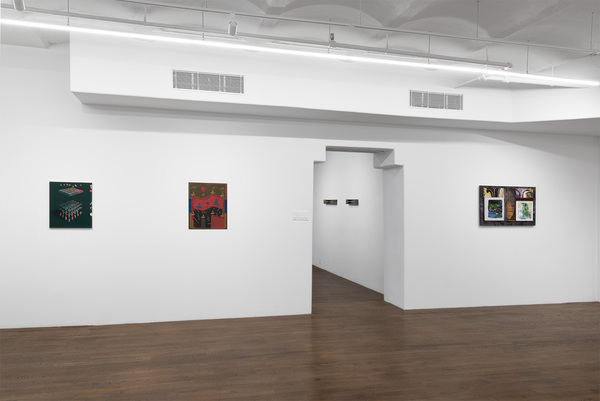
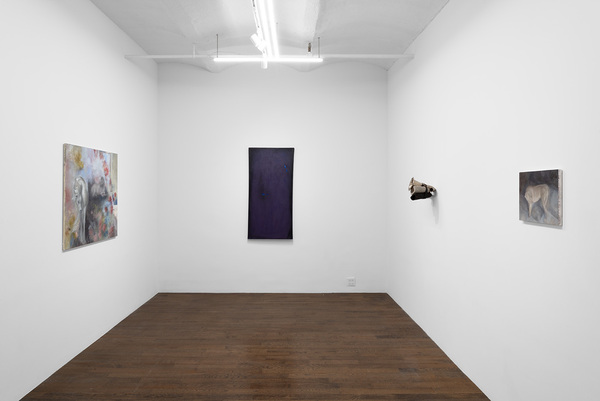
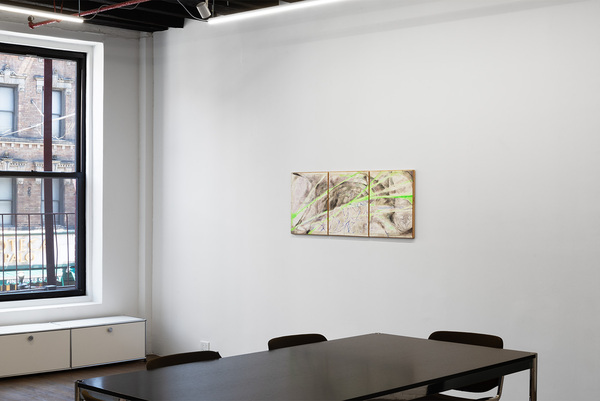
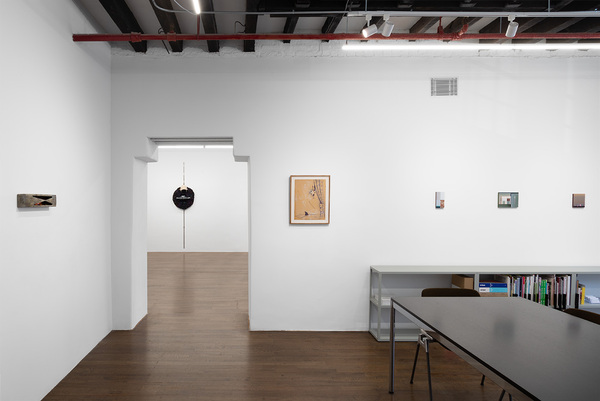
No comments:
Post a Comment
Note: Only a member of this blog may post a comment.